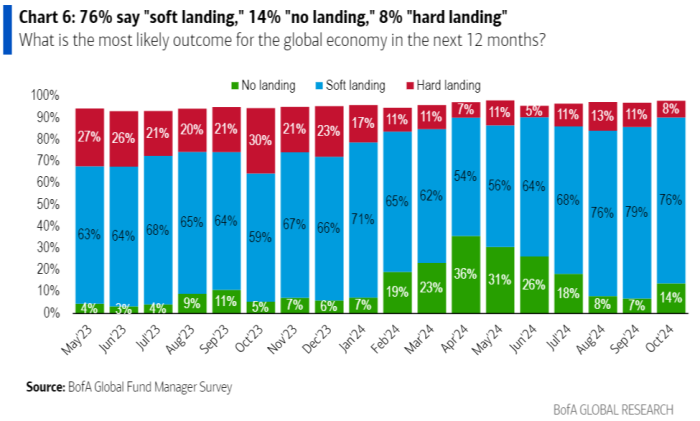The EU’s financial markets watchdog wants expanded powers to oversee major stock exchanges and other critical parts of the bloc’s financial infrastructure, as it bids to become a European version of the US Securities and Exchange Commission.
Verena Ross, chair of the European Securities and Markets Authority, said “there is clearly a political appetite” in the newly appointed European Commission to centralise more EU financial market supervision as part of a renewed push to revive the region’s struggling capital markets.
“Let’s evaluate in which areas it would make sense to move a step further to central EU supervision. We need to look particularly at all the cross-border systemically important infrastructure players,” Ross told the Financial Times, adding this would include exchanges, clearing houses and settlement systems.
Esma was launched in 2011 to improve harmonisation of rules across the EU but most of its financial market activities continue to be supervised by the bloc’s 27 national authorities.
Paris-based Esma directly supervises relatively few entities, such as credit rating agencies, non-EU central counterparty clearing houses, securitisation repositories and benchmark administrators.
The idea of transferring more powers from national authorities to Esma has gained momentum in recent months as Brussels officials look for ways to boost capital markets activity to help finance an estimated €800bn of extra investment needs.
Mario Draghi, the former European Central Bank president, last month identified the transformation of Esma into a version of the SEC as “a key pillar” of boosting Europe’s capital markets in a landmark report on how to boost the EU economy.
Draghi said: “Esma should transition from a body that co-ordinates national regulators into the single common regulator for all EU security markets” by giving it power to supervise large multinational issuers, cross-border financial markets and all central counterparties.
Some smaller EU countries such as Luxembourg and Ireland have opposed the idea, fearing it could undermine their thriving financial sectors.
But Ross is convinced that the shift would improve the efficiency of Europe’s financial markets for both investors and issuers.
“Having an effective regulatory and supervisory framework has a big impact on making a single capital market work, and we don’t have that in Europe. So that is one of the areas that we need to focus on,” Ross said.
In a nod to the criticism from smaller countries, she said a “step-by-step” process of building up Esma’s powers was preferable to trying to turn it into an all-powerful European SEC overnight.
“It is more about thinking practically. We shouldn’t forget that the EU markets are quite different from the US markets in terms of the diversity of the legal systems,” she said. “Let’s make an EU central supervision role happen where it makes most sense at this point.”
The process could start by handing Esma more powers to supervise the “bigger, cross-border players” such as Euronext and Deutsche Börse that were “often servicing not just one country or a couple of them but genuinely serving investors across all the EU”, she said, adding that smaller markets and companies would continue to be supervised locally.
She suggested the EU missed an opportunity with its landmark crypto markets regulation, which comes into force at the end of the year but will leave oversight of companies in the hands of national authorities. “Would it have been more effective to have done it at an EU level? That was a debate we had at board level,” she said.
Draghi also called for Esma to strengthen its independence from national authorities that hold most of the voting positions on its board, by introducing independent members similar to those sitting on the ECB’s supervisory board, which oversees major Eurozone banks.
Ross rejected this, saying “the governance structure works pretty well at the moment”. It was important “to ensure that the national supervisors are fully part of that decision-making because a lot of the implementation is at national level,” she added.








































































































































































You must be logged in to post a comment Login